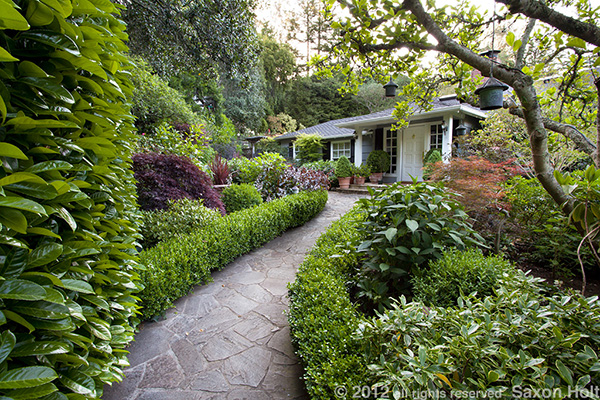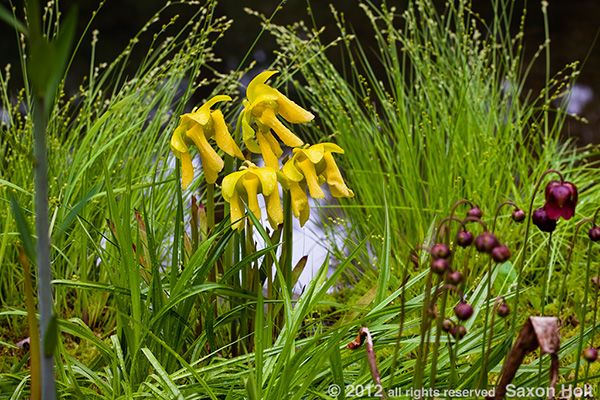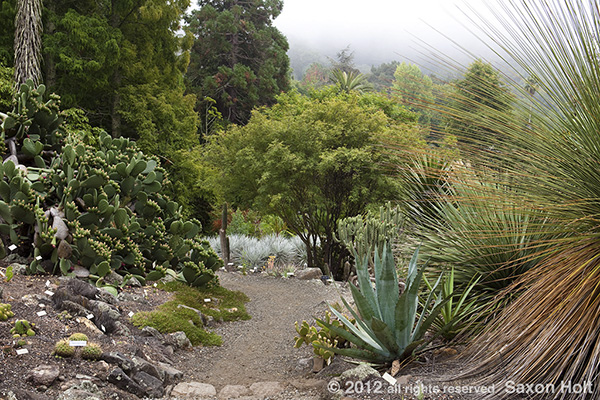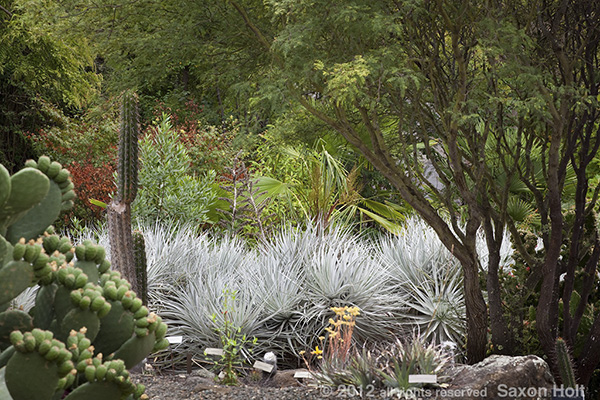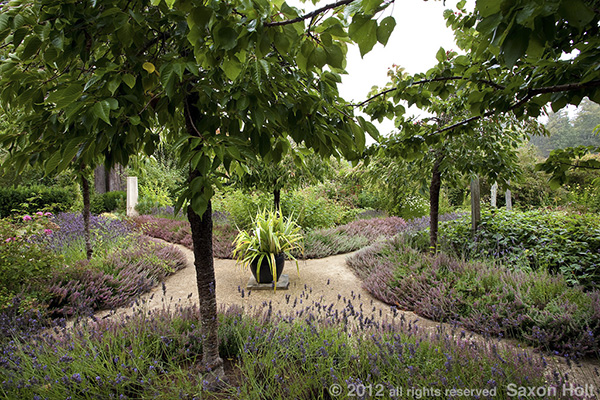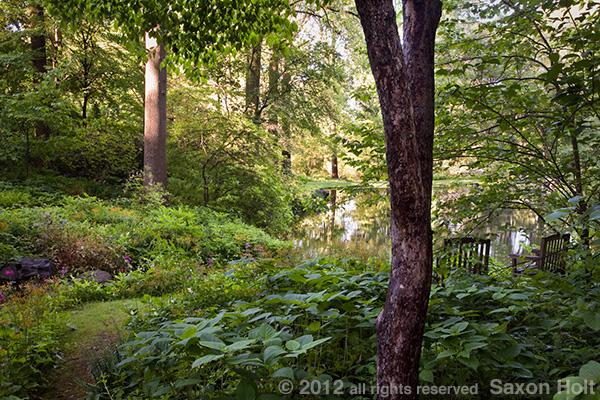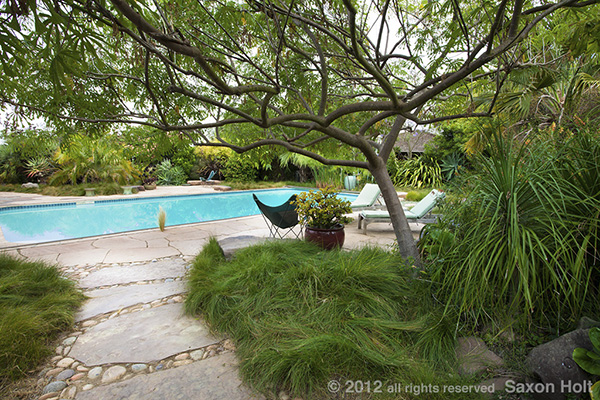No, it is not tulip time, at least not here in the Northern Hemisphere. It is time for more garden photography tips and lessons from the e-book I am writing, and teasing you with excerpts right here on Gardening Gone Wild. Time to begin Chapter Two.
Chapter Two is “Seeing the Garden”, how to use your camera and find a photo that communicates your story. Much of this chapter will deal with tools and concepts that help you compose your image – somewhat universal artistic ideas that most photography instruction will cover, but here illustrated with gardens.
We will assume you love gardens, are inspired by something you see, have a story to tell, and need a few tips to put the photo together. In Chapter Three we will talk about how to find the story to tell when you are overwhelmed by possibilities, how to think like a gardener, and how to find your own voice as a garden photographer, but for now let’s think like a camera.
And once the book is done you might even to choose to read that chapter first. Heck, my editor may even re-arrange the whole thing. Right now I need to get to work ….
Begin with framing. In Chapter One I talked about the importance of composition and using the entire frame of your camera with meaningful information Composition 101 – Fill the Frame. Everything starts with filling the frame, but learning how to fill the frame is essence of good composition. Let’s discuss forced perspective and juxtaposition of elements.
With forced perspective I mean compositions that force the viewer to see the perspective that you, the photographer have seen yourself. To do this, often you can find various elements of the garden that you can juxtapose in the composition that will help you frame that perspective you want to show. When done well you can create some intimacy, looking through the garden, and into a special place that is your story.
In the photo above you are “forced” to see a path leading to the entry of a home. I have framed the photo so that key elements, the hedge on the left and the tree in the right, are juxtaposed with-in the compostion to help tell the story.
These forced perspective and juxtaposition techniques can also work with tight photos of plants.
In this picture of a Yellow Pitcher Plant (Sarracenia flava) out of focus elements help frame the flowers and draw (force) the eye to the focal point; and it is no accident I found a bright highlight on the pond beyond to help pull the eye to the story I want to tell.
On a recent framing workshop at U.C. Berkeley Botanical Garden I set up a visualization exercise and then asked students to find the framing that would tell a specific story.
In the New World Desert Garden I really like the gray foliage Puya used to line a path in the garden. There is too much going on in the wide view of the garden to expect the viewer to see this story even though it is in the middle of the image. Coming in tighter to fill the frame is obvious, but what elements should we use to force the viewer to see the perspective I want ?
I have filled the frame and composed with elements that forces you see the silvery foliage. Note I have juxtaposed the Opuntia cactus in the lower left with the mesquite tree to hold the framing.
Often when you find yourself in a good garden, there are many stories to tell. You really need to slow down and decide to tell one story at a time. Fortunately in a good garden there will be lots of elements to use.
Here in landscape architect Gary Ratway’s own garden we find a wonderful garden room bisected with 2 axial pathways that form quadrants that he accented with matching trees and a simple container in the very middle of everything. Think about how this photo was framed.
One of Gary’s great talents is in his use of rammed earth to make walls, columns, and structures. In this garden rammed earth columns announce each entry. Let’s make that the story.
Forced perspective and juxtaposition at work. Note how the juxtaposition of the trees helps add depth to the garden view, to get inside it so to speak. Are you beginning to see how these two concepts help framing ? Other elements are are work here that draw you to the column as the focal point (next lesson “Focal Point” will use this same photo …).
I will leave this post with two photos of very different gardens that are framed in very similar ways. Details in the book . . .


